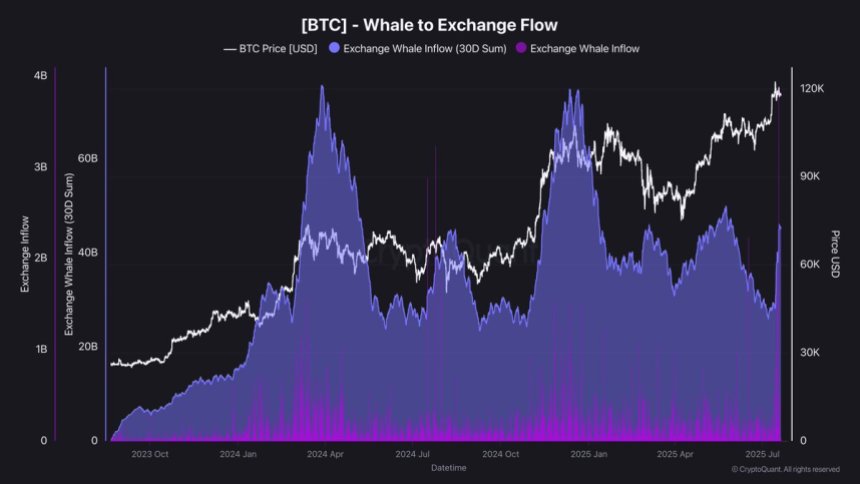House Passes Major Bills During ‘Crypto Week,’ But Significant Changes May Take Time


Despite the excitement surrounding what President Donald Trump has dubbed “Crypto Week,” experts caution against premature celebrations in the cryptocurrency space.
The House of Representatives recently passed three significant bills aimed at regulating digital assets, marking a pivotal moment for the industry. However, these legislative changes are not expected to take effect for quite some time.
Three Key Crypto Bills Passed
The three bills—the Genius Act, the Digital Asset Market Clarity Act, and the Anti-CBDC Surveillance State Act—are seen as crucial steps toward establishing a regulatory framework for cryptocurrencies.
This development has been fueled by intense lobbying efforts from industry players like Coinbase Global, which have successfully influenced politicians, including Trump.
In anticipation of this legislative week, Bitcoin prices soared to record highs beyond the $123,000 mark for the first time, alongside significant gains for other cryptocurrencies like Ethereum (ETH) and XRP. However, TD Securities analyst Jaret Seiberg notes that it could take over a year for the new legislation to come into effect.
Among the passed bills, only the Genius Act has also cleared the Senate, and Trump signed it into law shortly thereafter. This act establishes a framework for regulating payment stablecoins requiring issuers to maintain one-to-one reserves in US dollars or Treasury securities.
Treasury Secretary Scott Bessent has argued that this law could generate an additional $3.7 trillion demand for T-bills, although some analysts, like Raymond James’ Ed Mills, express skepticism about such projections.
Implementation Timeline Remains Uncertain
Despite the signing of the Genius Act, there will be no immediate impacts on stablecoin issuers such as Circle Internet Group or Tether.
As reported by ABC news, the Treasury Department is expected to draft rules within a year detailing the qualifications for issuing stablecoins and the conditions under which foreign-pegged stablecoins can enter the US market. This process will involve public commentary and could lead to litigation, suggesting a lengthy timeline before any real changes are felt in the industry.
The Digital Asset Market Clarity Act, on the other hand, is particularly important as it delineates the regulatory oversight of crypto exchanges, brokers, and tokens between the Commodity Futures Trading Commission (CFTC) and the Securities and Exchange Commission (SEC).
With bipartisan support in the House, there is optimism that the Senate will pass its version before the upcoming August recess, potentially delivering a unified law for the president’s signature by September.
The Anti-CBDC Surveillance State Act, the third piece of legislation , aims to prevent the Federal Reserve from issuing a central bank digital currency (CBDC). This bill, which passed with narrower margins, was attached to a national defense bill, and its future in the Senate will likely involve protracted negotiations, possibly extending until December.

Featured image from DALL-E, chart from TradingView.com

The XRP Euphoria Phase: Why August–October 2025 Could Be Explosive
XRP is no stranger to dramatic breakouts, and now, all signs point to another one brewing. After yea...

Bitcoin Whale Metrics Flash Mixed Signals: Monthly Inflows Rise And Daily Outflows Start Slowing
Bitcoin continues to trade within a tight range, consolidating above the $115,000 level and just bel...

Hold On For Dear Life: This Bullish Bitcoin Metric Just Touched A 15-Year High
The percentage of Bitcoin’s long-term holders’ supply has reached a 15-year high, providing a bullis...

